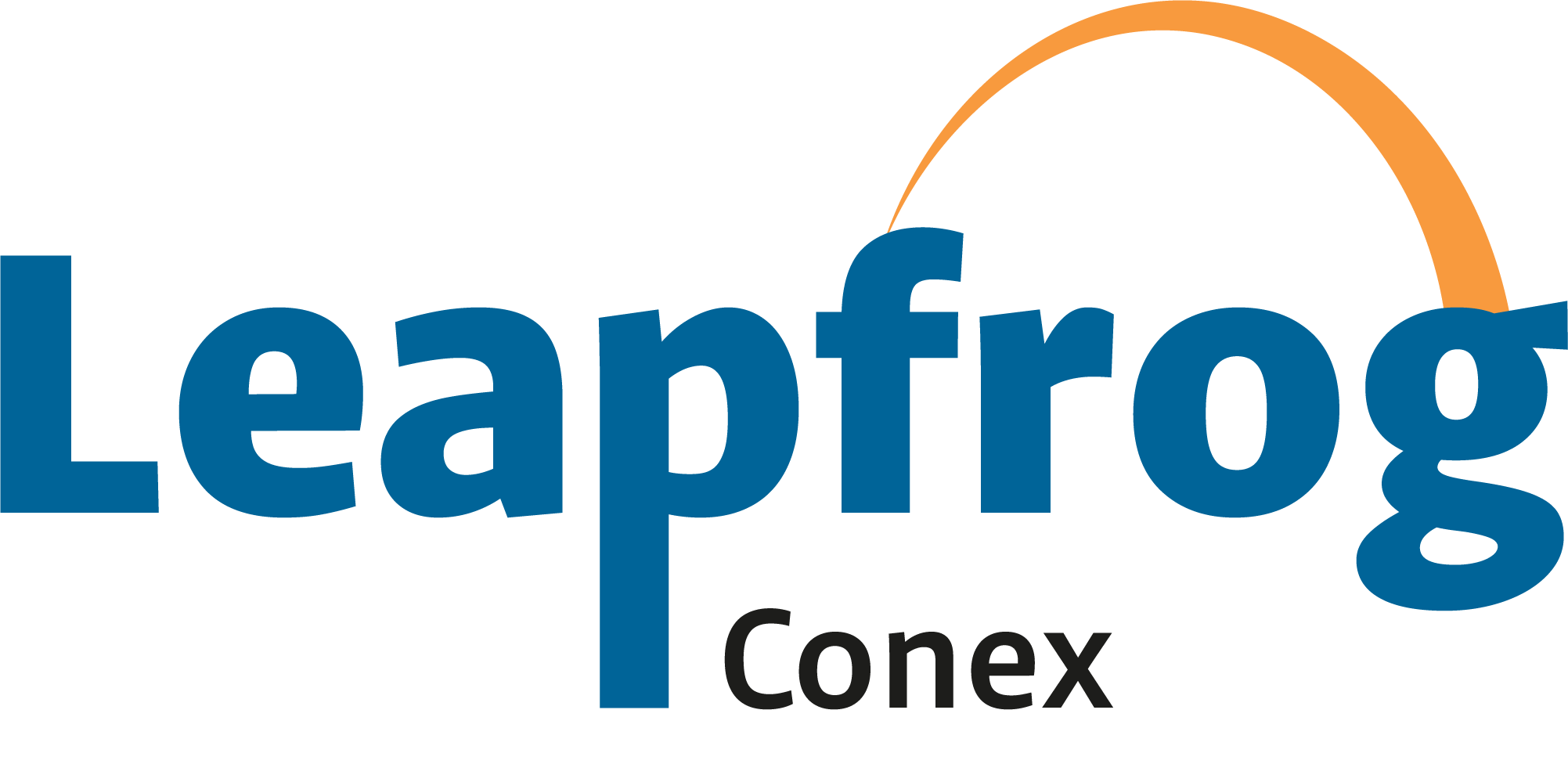Course Details
To train RIA professionals on how to ethically and effectively leverage behavioral data and AI insights to enhance advice delivery, communication, and planning—without violating client trust, privacy standards, or regulatory rules.
Target Audience
-
Advisors and planners seeking to personalize engagement based on client behavior and psychology
-
Compliance and legal teams ensuring AI-driven personalization stays within fiduciary boundaries
-
Marketing and client service professionals designing tailored communication journey
Module Detail
Module 1: Foundations of Behavioral Data
-
Define behavioral data in an RIA setting (e.g., portal activity, meeting patterns, content engagement)
-
Types of behavioral signals (explicit vs. implicit)
-
Where this data comes from (CRM, email engagement, custodian data, risk tools)
-
The “so what”: Behavioral insights as relationship amplifiers
Practical Exercise: Map behavioral data touchpoints already available at your firm
Module 2: Client Segmentation in a Regulated Environment
-
Segmenting clients beyond AUM (e.g., life stage, communication style, decision velocity)
-
Avoiding stereotypes or overfitting behavior
-
SEC implications: Why segmentation can look like advice
-
Case study: How one firm triggered an exam by customizing content based on “predictive retirement age”
Takeaway: Not all personalization is compliance-safe. Know where segmentation ends and suitability begins.
Module 3: Behavioral Nudges & Ethical AI
-
What is a behavioral nudge? (Choice architecture, reminders, default settings)
-
Using nudges to promote good financial behaviors (e.g., saving, updating beneficiaries)
-
Case examples:
-
Smart nudges based on life events
-
Bad nudges (e.g., fear-based messaging or urgency traps)
-
-
Fiduciary framing: “Are we influencing or informing?”
Quiz: Spot the ethical red flags in 3 sample AI-generated nudges.
Module 4: Personalization with Privacy in Mind
-
Reg S-P: What counts as behavioral PII
-
How to handle inferred preferences
-
Consent architecture for personalization (opt-in vs. opt-out models)
-
Privacy-enhancing technologies (PETs) in AI tools
Checklist: “Is this personalization privacy-aligned?”—A 7-point evaluation
Module 5: AI Tools, Bias, and Oversight
-
Risks of bias in AI-based personalization (gendered language, economic assumptions)
-
Red-teaming your AI: How to audit outputs
-
Vendor risk factors (data use disclosures, model explainability)
-
Disclosure protocols if you use behavior-based AI to inform outreach or advice
Deliverable: Draft an AI use disclosure for your firm’s privacy policy
Module 6: Lab – Build Your Ethical Segmentation Strategy
-
Start with behavioral goals (e.g., increase engagement, improve onboarding)
-
Choose safe data signals (e.g., page views, meeting frequency—not age, race, or inferred wealth)
-
Use AI to prototype segments (e.g., “frequent login, no follow-up”)
-
Validate with human review
-
Design communication or service strategies for each segment—include opt-outs, review points
Capstone Submission: Segmentation playbook + AI personalization guardrails checklist
Resources & Tools
-
Behavioral Data Use Map (template)
-
Red Flag Language for Client Nudging
-
Sample AI Segmentation Policy (editable)
-
SEC/FINRA enforcement examples on misuse of personalization
Features
- Regulatory enforcement examples on misuse of personalization
- Red Flag Language for Client Nudging
Target audiences
- RIA
- Wealth Management
- Data Stewards



